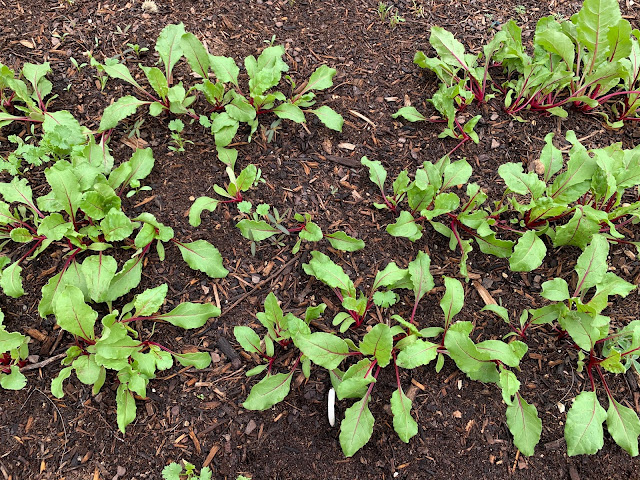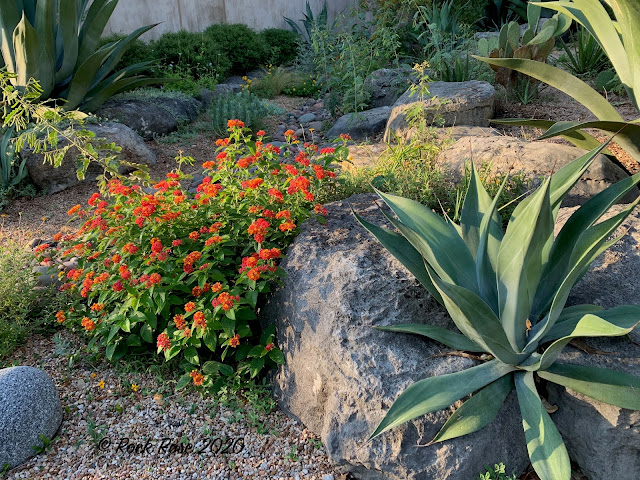The holiday season will be upon us soon and the mad panic for gifts. What to get the avid gardener or nature lover? Here's an idea. Texas Snakes, by James R. Dixon, John E Werler, and Michael R. J. Forstner. Published by the University of Texas Press.
Just a few days ago I found a snake in my water collection system. Feeling rather guilty I fished him out, (I think he had been in there for a while because he didn't slither off) went in the house to get my camera and took his photo. His markings were certainly different from the more common snakes we see around the garden. After checking in this guide I decided he was plains hog-nosed snake. I'm pleased to say when I went the check the next morning he was gone.
I posted his picture on face book and almost immediately someone asked if he was poisonous. Isn't that what everyone always wants to know. Many people think only of the venomous snakes and to many every snake out there is just that.
I like the fact that the books answers these questions right away. Turn to the first two pages in this book and you will see listed 108 non-venomous snakes and only 16 venomous ones. And of those 8 are rattle snakes and 3 are copperheads. In the introduction a number of pages are given over to each of the latter. Enough maybe to allay the fears of many and ways to reduce the chances of snake bites.
The book gives a good basic education on the habits of snakes and why they are so important to the environment. By far the larger content of the book is given to non-venomous snakes to be found in Texas and illustrated with excellent color plates.
Perhaps reading this book might just save your life and a snake's life too.

















































